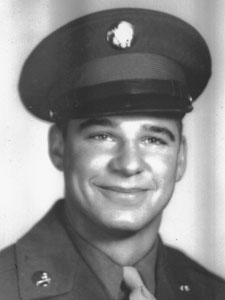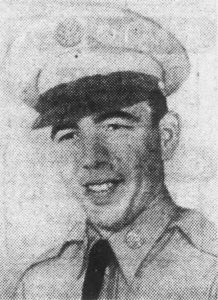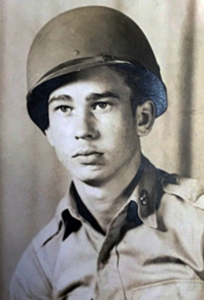Arendt, Stanley Paul
Army Private 1st Class

Stanley Paul Arendt, age 22, from Palatine, Illinois, Tazewell county.
Parents: Stanley Arendt
Spouse: Nelda
Children: Lamar, 3
Service era: Korea
Schools: Palatine High graduate
Date of death: Thursday, November 2, 1950
Death details: On February 5, 2010, the Joint POW/MIA Accounting Command (JPAC, now DPAA) identified the remains of Corporal Stanley Paul Arendt, missing from the Korean War. Corporal Stanley Paul Arendt entered the U.S. Army from Illinois and served in Company L, 3rd Battalion, 8th Cavalry Regiment, 1st Cavalry Division. He was captured in early November 1950 during the Battle of Unsan. Repatriated American POWs reported that CPL Arendt was in a group of soldiers that were executed by their captors near the battlefield. In 2004, a joint U.S. and North Korean team excavated a mass grave near the battlefield at Unsan and recovered the remains of the executed American service members. Analysts used modern forensic tools to identify CPL Arendt from among these remains.
Source: National Archives, Defense POW/MIA Accounting Agency, Chicago Tribune (1950)


